5 Reasons You Should Add Cassava Flour To Your Diet
A healthier alternative to regular all-purpose flour without compromising on the taste
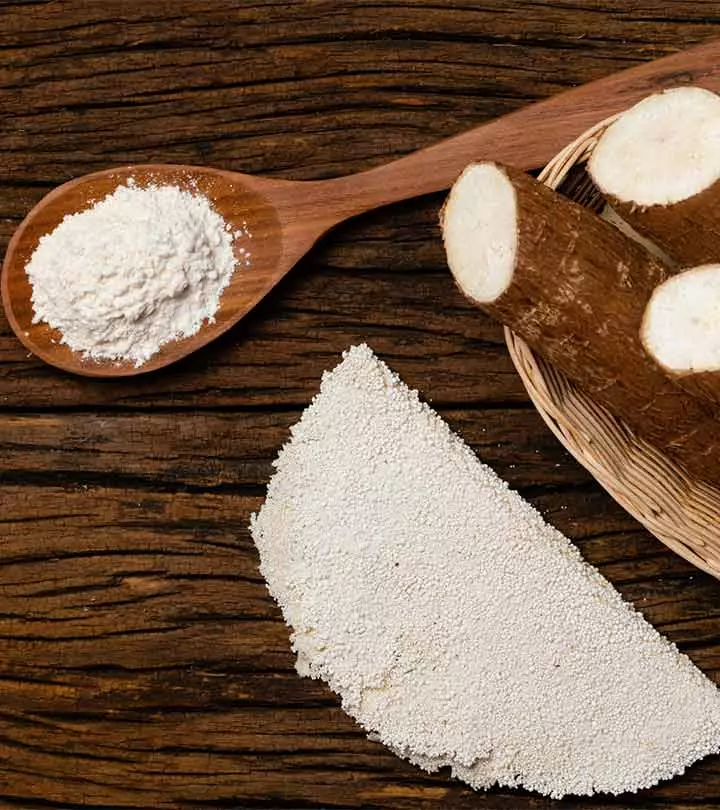
Image: iStock
The benefits of cassava flour go beyond its gluten-free nature. This versatile flour can be used to bake cakes and cookies and to make pasta, noodles, and even alcohol. It is a great alternative to wheat flour and is made from the cassava root, a plant native to South America and Mexico. Cassava flour is richer in fiber, protein, and minerals than wheat flour. It is a great source of antioxidants and may boost immunity and gut and eye health. Discover the other benefits of cassava flour, how to add it to your diet, and its potential side effects in this article. Keep reading.
 Know Your Ingredient: Cassava Flour
Know Your Ingredient: Cassava FlourWhat Is It?
A flour obtained from the fibrous root of the cassava plant.
What Are Its Benefits?
It helps manage blood sugar and weight, boosts immunity, and improves vision, digestion, and colon health.
Who Can Use It?
All except those who are allergic to cassava.
How Often?
A few times a week, but in moderation.
Caution
May cause dizziness, vomiting, rapid breathing and in rare cases, life-threatening allergic reactions. Consult a doctor in case of adverse symptoms.
In This Article
What Is Cassava Flour?

Cassava (Manihot esculenta Crantz) is a tropical shrub famous for its starchy roots. It is a cheap but rich source of carbohydrates popular in South America, Africa, and South Asia. Many people call it manioc, mahinot, yuca, or tapioca (1), (2).
This root vegetable finds its way into many popular dishes, including the tasty boba (tapioca) pearls in the world-famous boba milk tea. Other uses include chips and nutritious cassava flour.
For the question, of what is cassava flour, Vasundhara Agrawal, a nutritionist, says, “Cassava flour is made by grating and drying the fibrous cassava root. It’s a great substitute for wheat and other flour. You can use it in any recipe that calls for wheat flour, making baking and cooking gluten-free meals easy.”
Cassava flour is white, fine, and has a distinct aroma. It has a faint earthy and nutty taste with a hint of bitterness (3). It can easily replace all-purpose flour as a gluten-free baking alternative.
Jamie Feit, RD, says, “Cassava flour is a gluten-free flour made from yuca root. It has a mild flavor and is good as an alternative for baking, as a thickening agent, and as a substitute in cooking for bread crumbs.”
Various foods can be made from cassava flour. It’s great for both sweet and savory dishes. It can be substituted for wheat flour in a 1:1 proportion or blended with other flour such as almond flour or coconut flour. In addition to soups and cream salads, you can use the flour to make alcohol too. The best part is that it’s not only delicious but also nutritious (4).
Feit adds, “Cassava flour is a resistant starch which means the intestines don’t digest it. As a result, it is good for digestive health, managing blood sugar in diabetes, and weight loss. Cassava flour is also a good source of fiber, minerals, and vitamins.”
 Trivia
TriviaWhile we know what cassava flour is, let us understand the difference between it and tapioca flour in the next section.
Cassava Flour vs. Tapioca Flour
Both cassava and tapioca flours come from the same plant, but they undergo different processes, which leads to their distinct flavors and characteristics.
Cassava flour is made from the whole blanched root, which offers a finer texture and a nutty taste and makes for a great substitute for wheat flour in various recipes. It’s high in fiber and beneficial for digestion and cholesterol management (5), (6). It also enhances the food texture and is ideal for baking.
On the other hand, tapioca flour is created by grating and rinsing the root of the plant, which leaves behind a starchy water that, when dried, becomes tapioca flour. It is a grain- and gluten-free option for those who are gluten-intolerant (7). Unlike cassava flour, it is flavorless.
Find out in the next section what makes cassava flour so nutritious.
Nutritional Information
1 cup (285 g) of cassava flour contains the following nutrients (8):
Nutrients | Amount | Daily Value % |
Calories | 456 kcal | |
Proteins | 3.9 g | |
Carbohydrates | 108 g | 36% |
Dietary fibers | 5.1 g | 20% |
Sugars | 4.8 g | |
Total lipids (Fat) | 0.8 g | 1% |
Sodium | 40 mg | 2% |
Potassium | 772 mg | 22% |
Calcium | 5% | |
Iron | 4% | |
Vitamin A | 1% | |
Vitamin C | 98% |
Cassava flour is loaded with vitamin C, carotenoids, thiamine, riboflavin, and nicotinic acid. It also is high in calcium and phosphorus (3).
Christine VanDoren, CPT, says, “Cassava flour could be a great addition to your diet because of its many benefits. These include improved digestion, better colon health, weight loss, and clearer skin.”
Discover more benefits of cassava flour below.
Potential Health Benefits Of Cassava Flour
Cassava benefits your health and may help improve your skin and hair. It is a wholesome addition to your daily diet. Scroll below to learn more about these in detail.

1. Is Gluten-Free Flour
Dr. Madathupalayam Madhankumar, a Gastroenterologist says, “People with a known gluten allergy can safely use cassava flour as it is gluten-free.”
Gluten-free baked goods made of cassava flour are a great option for those with celiac disease. Gluten-free products tend to be expensive and have lower nutritional values than those containing gluten. However, cassava flour is both affordable and nutrient-rich (9), (10).
Vasundhara Agrawal adds, “Compared with other gluten-free flours, such as coconut or almond, cassava flour has a low-fat content. It has high water content and a lower calorie density than flours like corn, plantain, rice, coconut, sorghum, and wheat.”
2. May Promote Digestion
Cassava flour is rich in dietary fiber. Dietary fiber contributes to digestion, fecal frequency, and weight. It also reduces the colonic transit time of digested food (8), (9).
3. May Promote Immunity
Vitamin C is abundant in cassava flour. It helps boost immunity by killing pathogens. Vitamin C protects the skin from pathogens by promoting a healthy skin barrier. Moreover, it is a good antioxidant that fights free radicals in the body (11).
4. May Promote Eye Health
Cassava flour or cassava is often fortified with provitamin A. Provitamin A converts to vitamin A in our body. Vitamin A is essential in maintaining eye health. It is also important for promoting vision in poor lighting (12), (13), (14).
5. Is A Good Source Of Antioxidants
Cassava flour is packed with potent antioxidants such as phenolics, carotenoids, and vitamin C. These antioxidants are necessary for reducing early signs of aging such as fine lines and wrinkles. Additionally, they also reduce oxidative stress by fighting free radical. The antioxidants in cassava also promote healthy skin and organ function (15), (16), (17).
Cassava flour has many more benefits that are yet to be discovered. Don’t miss out on this nutrient-rich flour. Find out more below.
How To Use Cassava Flour In Your Diet
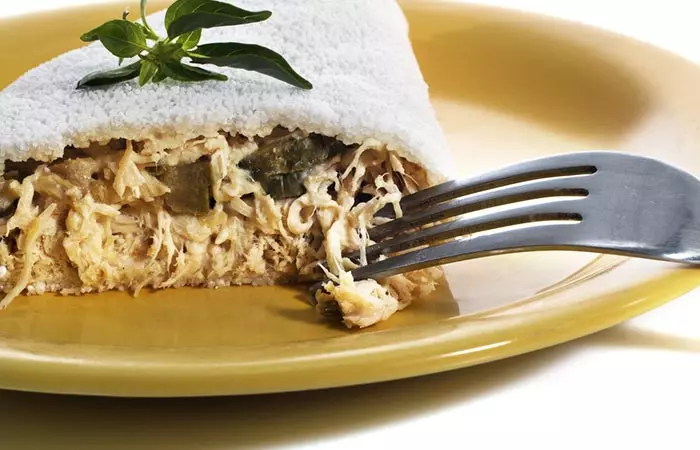
Cassava flour is a great gluten-free option. Substituting cassava flour for wheat flour may warrant the need for more water than usual. You can use cassava flour:
- To make baked foods such as cakes, cookies, doughnuts, and bread.
- To make noodles and pasta.
- To make flatbreads such as tortillas.
- To thicken sauces, soups, and gravy.
Dr. Madhankumar says, “It can also be consumed by steaming the flour with a layer of grated coconut in specialized steaming cylinders. People of South India enjoy it as their breakfast.”
If you manage to get your hands on some cassava roots, you can make cassava flour at home. Here are the steps.
How To Make Cassava Flour
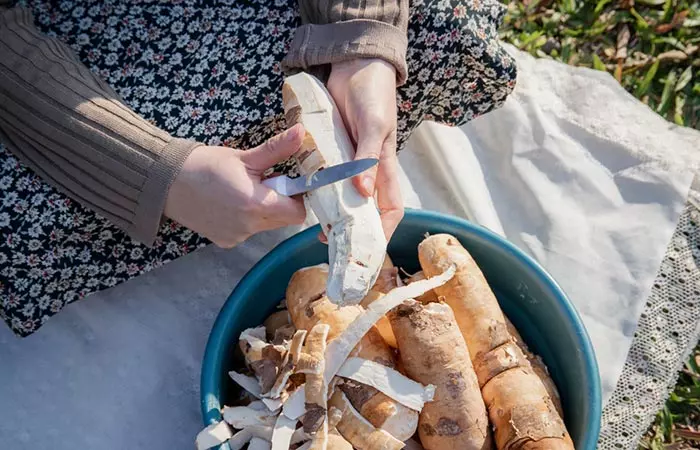
What You Need
- 1 kg cassava roots (frozen or fresh, peeled)
How To Prepare
- Set your oven to 170° F.
- Boil the cassava for 15 to 20 minutes, or until it is slightly tender.
- Rinse the cassava in cold water and let it chill for five minutes.
- Grate the cassava and arrange it on a baking sheet.
- Bake for up to 8 hours or until dehydrated.
- Blend the dried shreds in a blender until you have a fine, pale cassava flour.
 Trivia
TriviaYou can use this flour to make many delicious dishes. Below are some recipes you can try.
Popular Recipes
1. Cassava Flour Tortillas
What You Need
- 2 cups of cassava flour
- ½ teaspoon of kosher salt
- 1 cup of hot water
- 3½ tablespoons of unsalted butter (melted)
How To Prepare
- Combine cassava flour and salt in a bowl.
- Stir in hot water and melted butter together to form a dough.
- Knead into a smooth dough. Your dough should be soft like playdough.
- Divide the dough into balls. Flatten each ball into a disk.
- Prepare the tortillas by rolling them out. Cook or freeze the tortillas at this point.
- Heat a non-stick skillet over medium-high heat.
- Cook the tortilla in the skillet until it begins to bubble for about 45 seconds.
- Flip the tortilla over and cook it until both sides are golden brown, less than a minute. Do the same with the other tortillas. Serve warm.
2. Cassava Flour Pancakes
What You Need
- 1 cup of cassava flour
- ¼ cup of almond flour
- 1½ cups of unsweetened almond milk
- 2 teaspoons of baking powder
- 2 tablespoons of almond butter
- ¼ cup of maple syrup
- 2 teaspoons of vanilla extract
How To Prepare
- Combine cassava flour, almond flour, and baking powder in a bowl.
- Stir in the wet ingredients, almond butter, maple syrup, almond milk, and vanilla extract until all lumps have disappeared.
- Over medium heat, heat a non-stick pan and pour portions of batter on the pan.
- Make sure the bottoms of the pancakes are golden brown and the edges are cooked. Flip and cook the other side for another 1-2 minutes.
- With the remaining batter, repeat the process.
- Add some berries, bananas, or maple syrup to the pancakes before serving them. Enjoy!
3. Cassava Flour Bread
What You Need
- 1 cup of cassava flour
- 3 teaspoons of baking powder
- 5 eggs
- ¼ cup of olive oil
- ¼ cup of water
- 1 teaspoon of salt
- 1 teaspoon of garlic powder
- 1 teaspoon of Italian dried herbs
How To Prepare
- Preheat the oven to 350° F. Prepare a baking loaf pan with parchment paper. Set aside.
- Beat all the wet ingredients i.e., eggs, olive oil, and water together in a bowl until light, fluffy, and whiter in color.
- Fold in the dry ingredients i.e., cassava flour, salt, and spices. You should have a thin and runny batter.
- Pour the batter into the prepared loaf pan.
- Bake for 40 to 45 minutes or until golden brown on top and a pick inserted comes out clean.
- Let it cool for three hours before slicing.
Although cassava flour has some benefits, it also has some downsides. Keep reading to find out more.
Risks And Side Effects
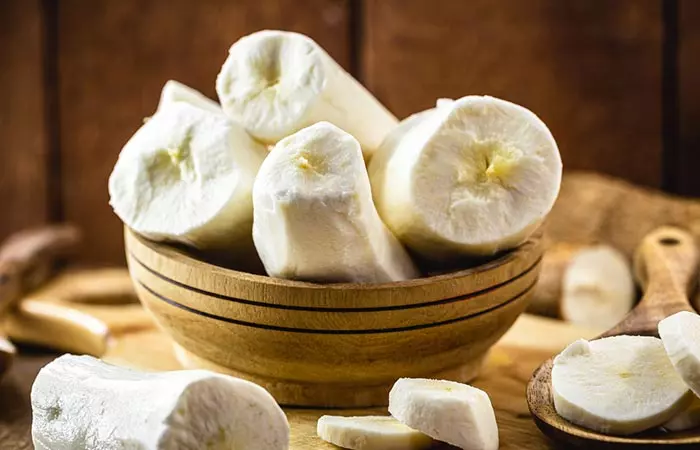
Agrawal says, “Cassava flour is not harmful. But you shouldn’t eat it in its raw form, as it contains cyanogenic glycosides, which can turn into cyanide in the body.”
Raw cassava contains the cyanogenic glycosides linamarin and lotaustralin. Linamarin produces the toxic compound (hydrogen cyanide, HCN). It may cause dizziness, vomiting, tachypnea (abnormally rapid breathing), syncope (fainting), and tachycardia (fast heart rate) (19), (20).
While this may be hazardous, do not be alarmed. Cultivated cassava has a much lower cyanogenic content than wild cultivars. Additionally, peeling the tubers, soaking them in water for 4 to 6 days, and sun-drying or roasting them reduces the levels of these compounds to acceptable amounts (20).
Some people have developed allergic reactions to cassava. The mildest symptoms are urticaria (hives) and angioedema (painless swelling under the skin). But some people may experience potentially life-threatening anaphylactic reactions. You should contact your healthcare provider if any symptoms appear (21).
Dr. Madhankumar says, “It is high in calories. Overeating can cause weight gain. It can cause abdominal bloating due to the high starch content.”
Consume this flour in moderation and you’re good to go.
Infographic: 5 Reasons To Add Cassava Flour To Your Diet
Cassava flour is commonly used in South America for making noodles, pasta, and flatbreads. It is rich in carbohydrates, fiber, and antioxidants, which help boost immunity and regulate blood sugar levels. Check out this infographic to learn about the other benefits of adding cassava flour to your diet.

Illustration: StyleCraze Design Team
The Final Word
Cassava flour benefits your health in many ways. It is an excellent alternative flour for wheat flour in many sweet and savory dishes. This grain-free root can be incorporated in various diet plans like paleo or can be experimented with different cuisines such as the African cuisine or the Latin American cuisine. It is also a part of sustainable agriculture, making it a more suitable food option in modern times. Cassava flour is gluten-free and rich in carbohydrates. Dietary fibers, vitamin C, vitamin B, and vitamin A are abundant in cassava flour. It is a good source of antioxidants and minerals such as calcium and iron. These may improve digestion, immunity, and eye health. While the presence of cyanogenic glycosides in cassava flour may pose a risk, proper processing significantly reduces these levels. Consult your doctor if you experience allergic reactions.
Frequently Asked Questions
Is cassava flour Keto?
No, cassava flour can not be included in the keto diet. It has high carbohydrate content and is low in fat.
Will cassava raise blood sugar?
Yes, cassava may raise blood sugar levels if taken in excess. It has a high glycemic index that can spike blood sugar levels.
Is cassava flour suitable for paleo or grain-free diets?
Yes, cassava flour is considered suitable for paleo or grain free diets as it is a tuberous vegetable and is gluten and grain-free and vegan.
Does cassava flour require any special storage or handling?
Cassava flour has a shelf life of 6 months if stored properly in an airtight container in a cool and dark place.
Key Takeaways
- Cassava flour is a good option for those with celiac disease as it has a rich nutritional profile and is gluten-free.
- It is rich in dietary fiber that may improve digestion and fecal frequency.
- It contains vitamins C and A that improve immune system health and enhance vision.
- However, it may cause adverse effects like dizziness, vomiting, and allergies in some people.
Illustration: Is Cassava Flour Healthy? Benefits Uses And Side Effects
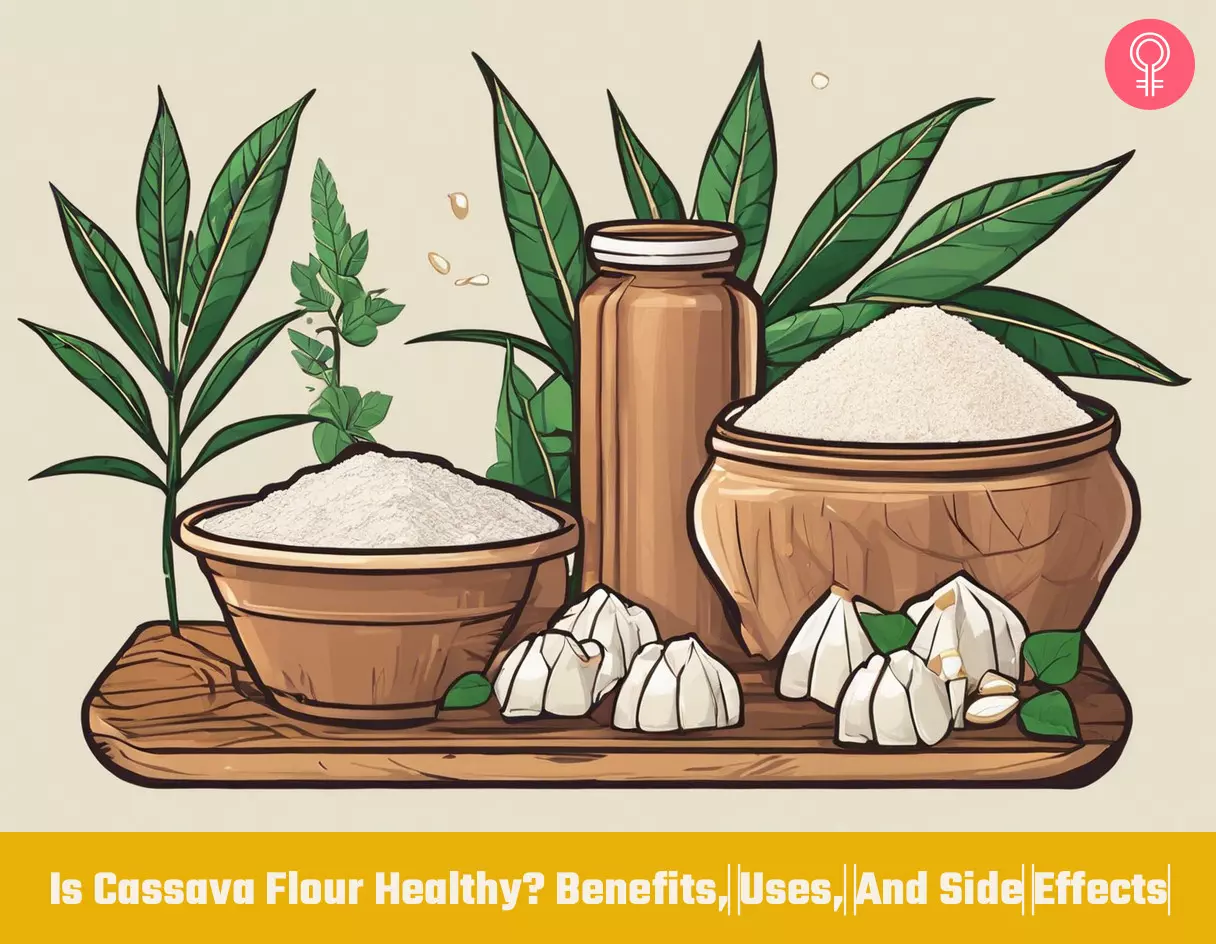
Image: Stable Diffusion/StyleCraze Design Team
Learn to make cassava flour at home using just one ingredient in two easy ways. Follow this easy-to-follow and engaging video for step-by-step instructions to make the process hassle-free. Check out the video below!
References
Articles on StyleCraze are backed by verified information from peer-reviewed and academic research papers, reputed organizations, research institutions, and medical associations to ensure accuracy and relevance. Read our editorial policy to learn more.
- Cassava biology and physiology
https://pubmed.ncbi.nlm.nih.gov/15669146/ - Long-term ingestion of cassava (tapioca) does not produce diabetes or pancreatitis in the rat model
https://pubmed.ncbi.nlm.nih.gov/10952402/ - Sensorial evolution of cassava flour (Manihot esculenta crantz) added to protein concentrate cassava leaves
https://www.ncbi.nlm.nih.gov/labs/pmc/articles/PMC3967768/ - Progress in research and applications of cassava flour and starch: a review
https://www.ncbi.nlm.nih.gov/labs/pmc/articles/PMC6542882/ - Prebiotic effects of cassava fibre as an ingredient in cracker-like products
https://pubmed.ncbi.nlm.nih.gov/22105619/ - Changes in starch in vitro digestibility and properties of cassava flour due to pulsed electric field processing
https://pubmed.ncbi.nlm.nih.gov/36429307/ - Gluten-free bread based on tapioca starch: texture and sensory studies
https://www.researchgate.net/publication/226791259_Gluten-free_Bread_Based_on_Tapioca_Starch_Texture_and_Sensory_Studies - Cassava Flour
https://www.nutritionix.com/i/nutritionix/cassava-flour-1-cup/5aa2ccb32638791d77572ff0 - Refined cassava flour in bread making: a review
http://www.scielo.org.co/scielo.php?script=sci_arttext&pid=S0120-56092017000100004 - Celiac disease: Overview and considerations for development of gluten-free foods
https://www.sciencedirect.com/science/article/pii/S2213453016300325 - Starch Pasting Properties and the Effects of Banana Flour and Cassava Flour Addition to Semolina Flour on Starch and Amino Acid Digestion
https://onlinelibrary.wiley.com/doi/epdf/10.1002/star.202000137 - Dietary fiber and digestive health in children
https://academic.oup.com/nutritionreviews/article/75/4/241/3747768?login=true - Vitamin C and Immune Function
https://www.ncbi.nlm.nih.gov/pmc/articles/PMC5707683/ - Effect of vitamin A biofortification on the nutritional composition of cassava flour (gari) and evaluation of its glycemic index in healthy adults
https://onlinelibrary.wiley.com/doi/abs/10.1111/jfbc.12450 - Quality assessment of gluten-free bread from pro-vitamin A cassava and velvet bean flour
https://www.myfoodresearch.com/uploads/8/4/8/5/84855864/_20__fr-2020-243_olatunde.pdf - What is vitamin A and why do we need it?
https://www.ncbi.nlm.nih.gov/pmc/articles/PMC3936685/ - Effects of Moisture Content and Storage Period on Proximate Composition Microbial Counts and Total Carotenoids of Cassava Flour
https://www.researchgate.net/profile/Ogbonnaya-Chukwu-2/publication/285299415_Effects_of_Moisture_Content_and_Storage_Period_on_Proximate_Composition_Microbial_Counts_and_Total_Carotenoids_of_Cassava_Flour/links/589e0dc8a6fdccf5e96a59b0/Effects-of-Moisture-Content-and-Storage-Period-on-Proximate-Composition-Microbial-Counts-and-Total-Carotenoids-of-Cassava-Flour.pdf - Proximate Composition Physicochemical Functional and Antioxidant Properties of Flours from Selected Cassava (Manihot esculenta Crantz) Varieties
https://www.hindawi.com/journals/ijfs/2021/6064545/ - The Role of Antioxidants in Human Health
https://pubs.acs.org/doi/full/10.1021/bk-2011-1083.ch001 - Optimization of process conditions for cassava (Manihot esculenta) lafun production
https://academicjournals.org/journal/AJB/article-full-text-pdf/E8188E16552 - Outbreak of Cyanide Poisoning Caused by Consumption of Cassava Flour — Kasese District Uganda September 2017
https://www.ncbi.nlm.nih.gov/labs/pmc/articles/PMC6611475/ - Allergic reactions to manioc (Manihot esculenta Crantz): Identification of novel allergens with potential involvement in latex-fruit syndrome
https://www.jacionline.org/article/S0091-6749(11)01091-8/fulltext
Read full bio of Dr. Pallavi Srivastava
Read full bio of Ravi Teja Tadimalla
Read full bio of Himanshi Mahajan





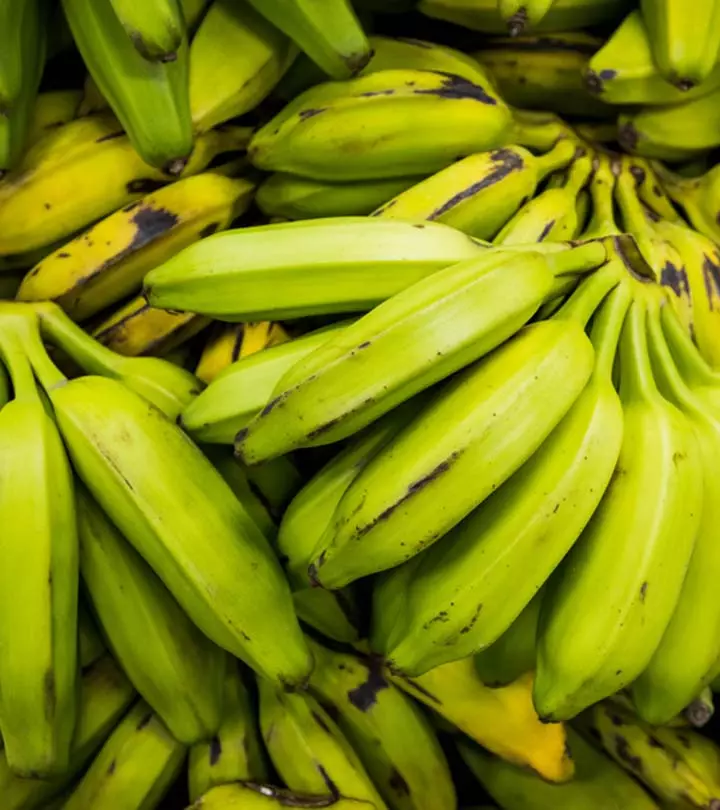
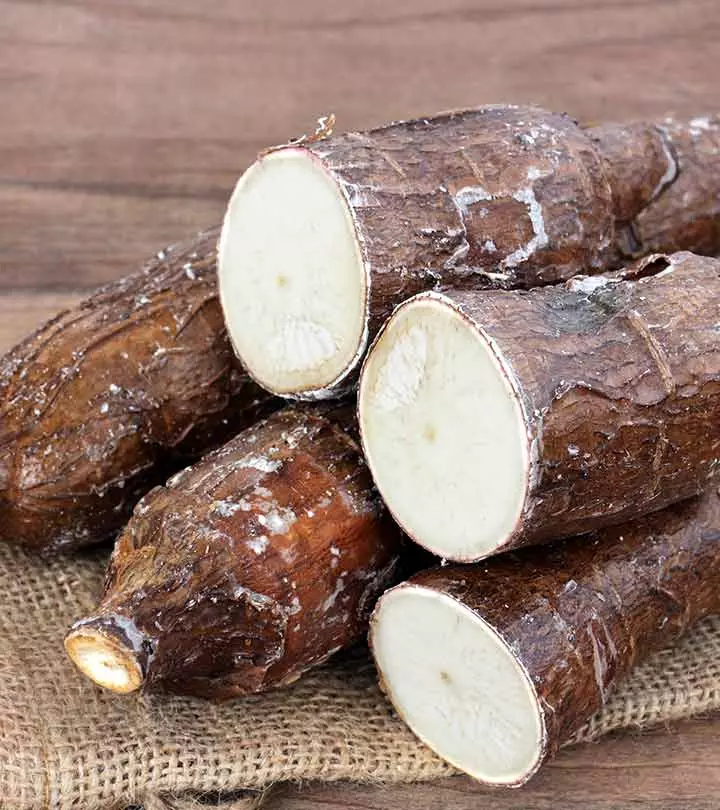
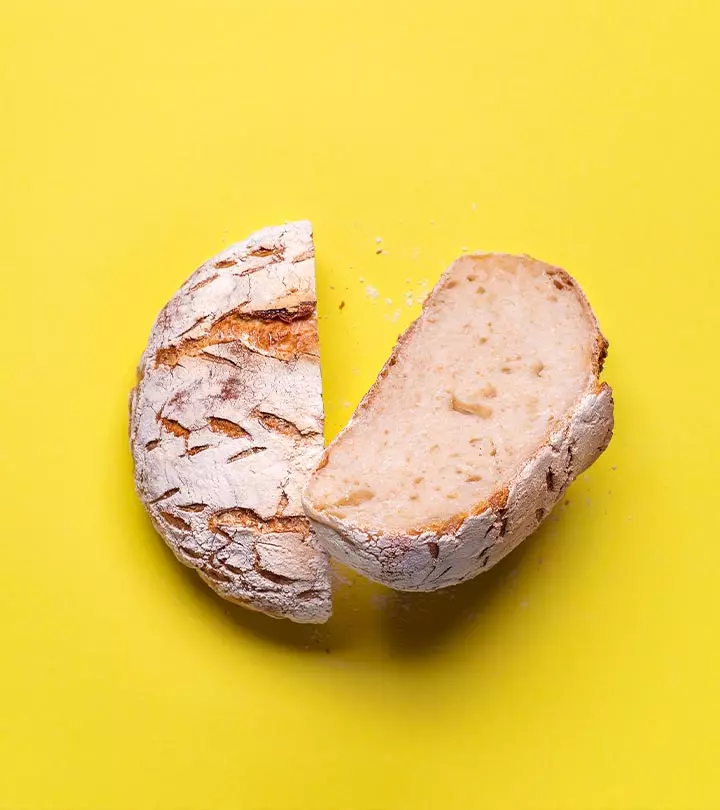
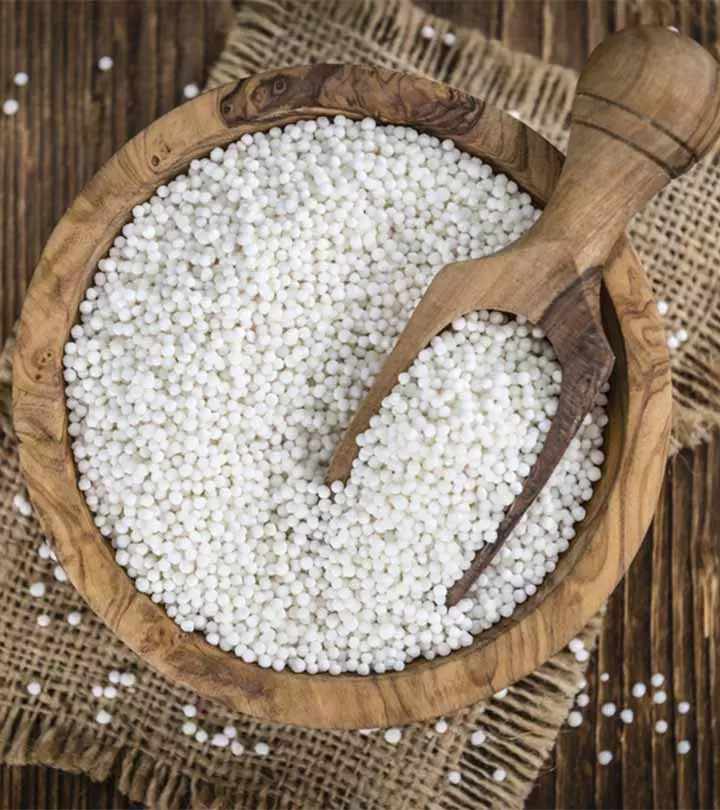
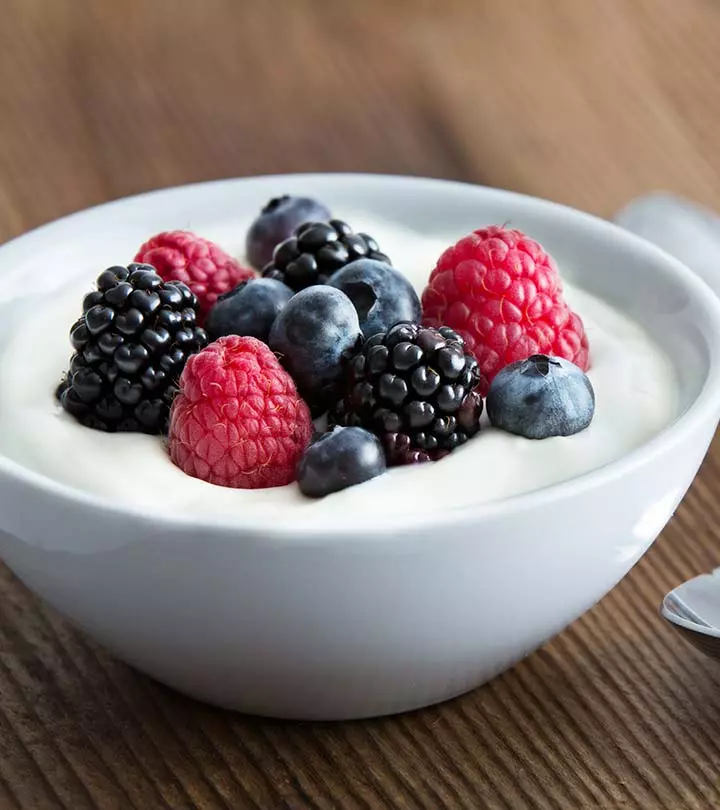

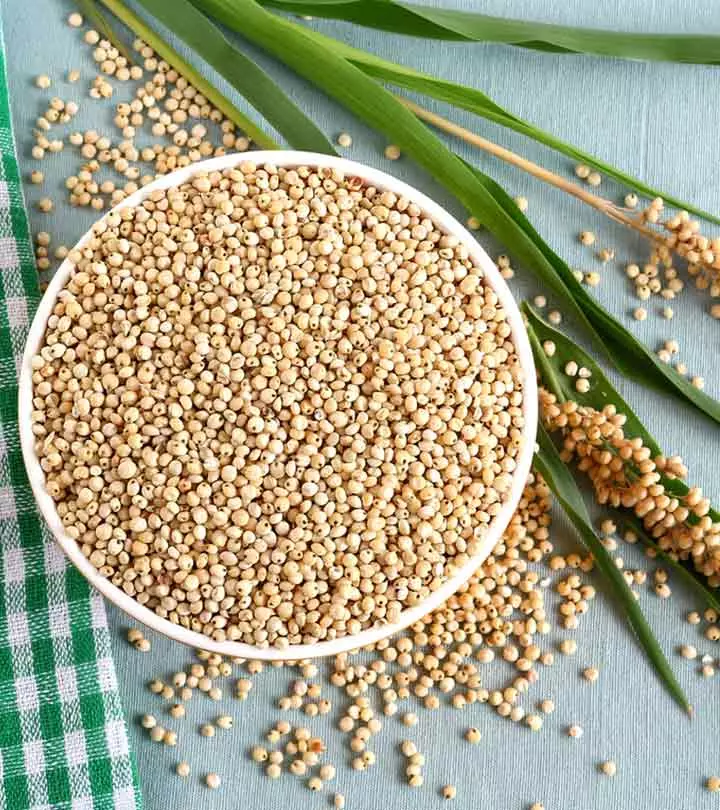
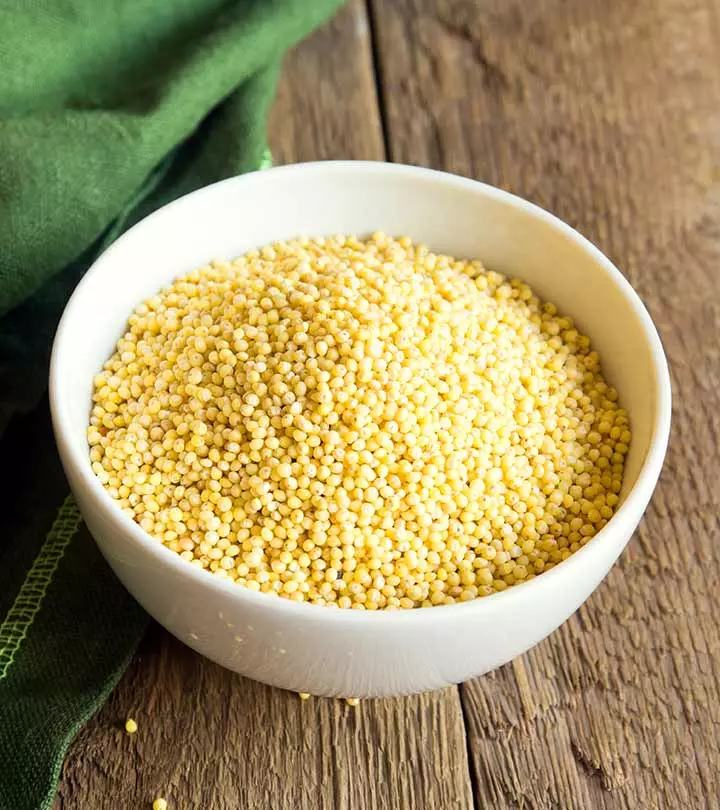

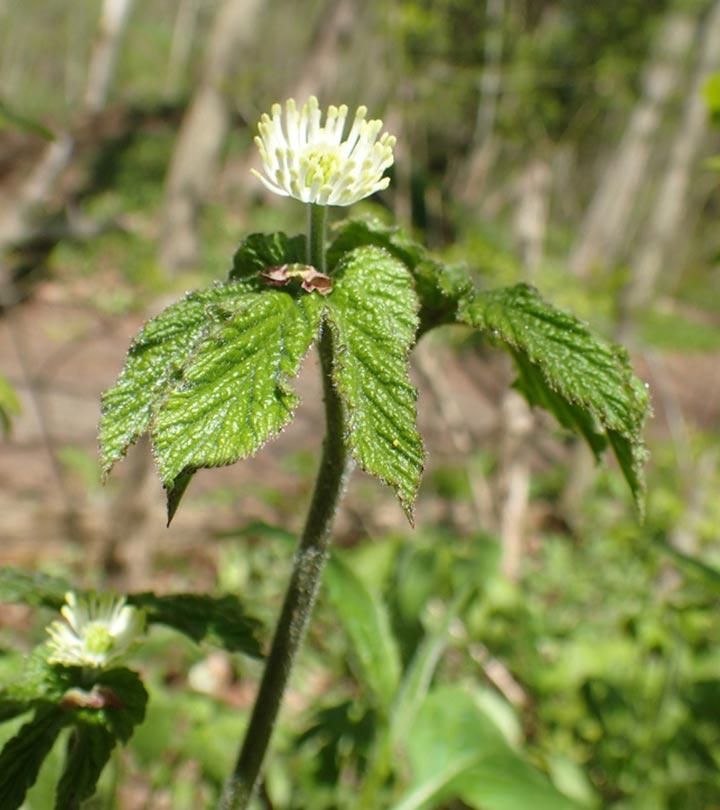
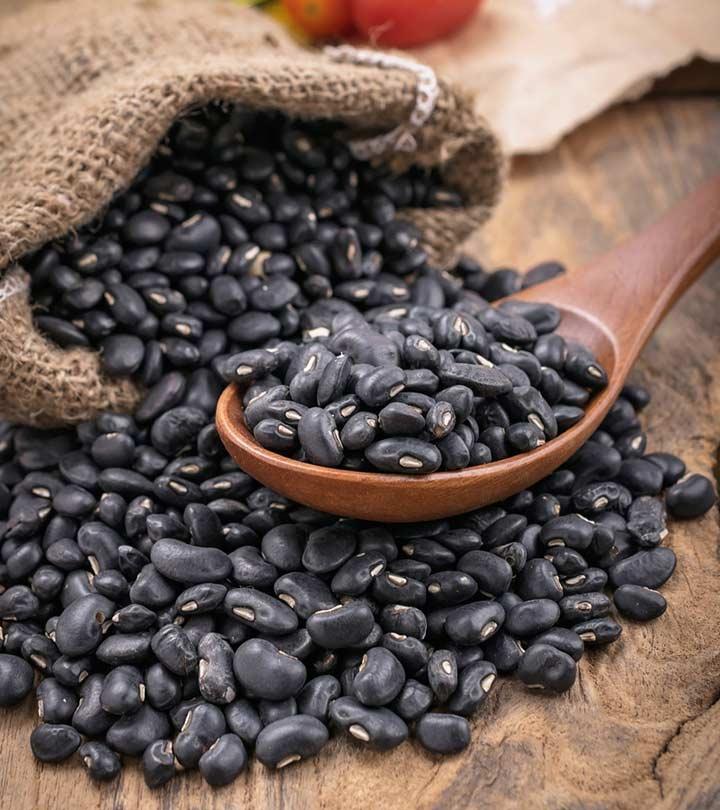
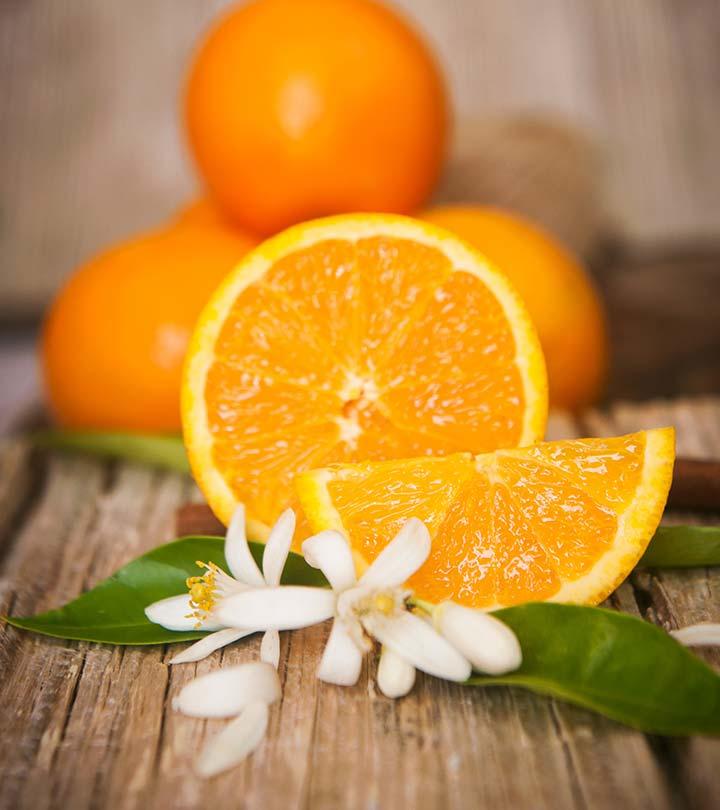

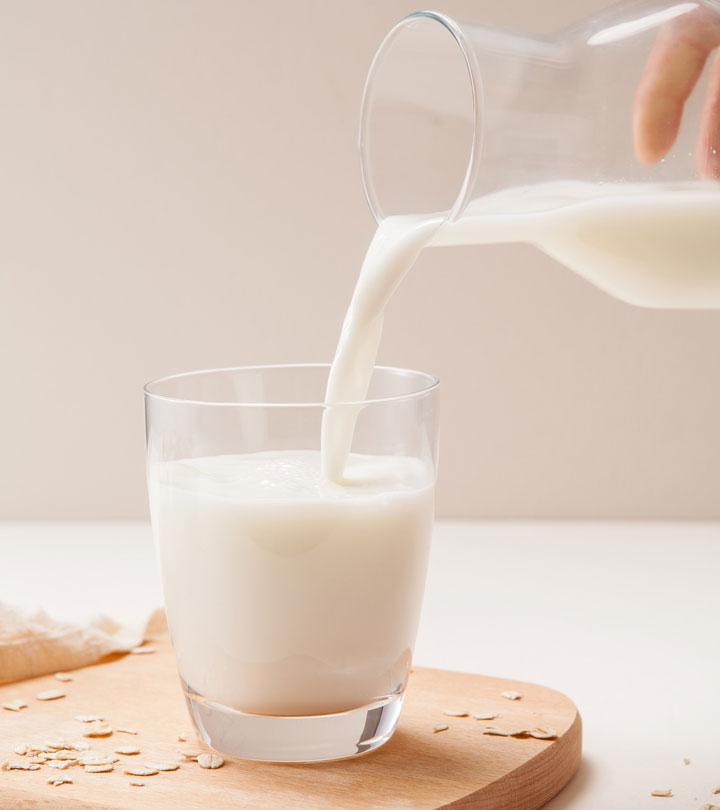
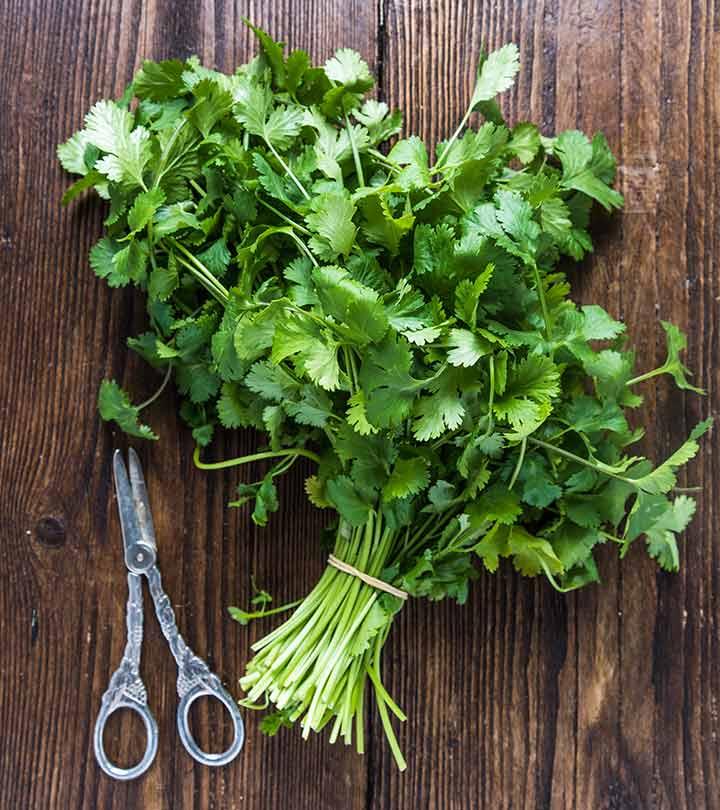
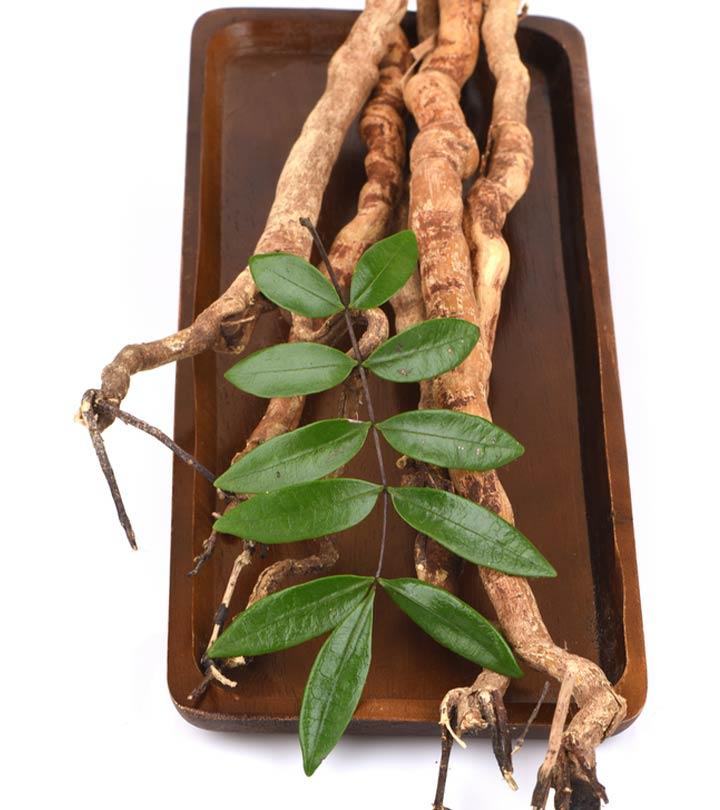
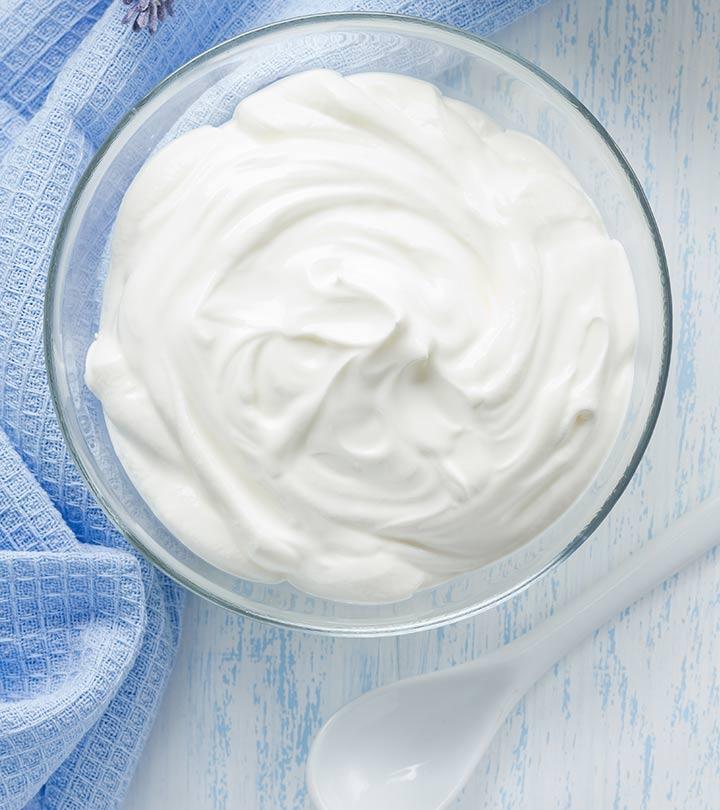
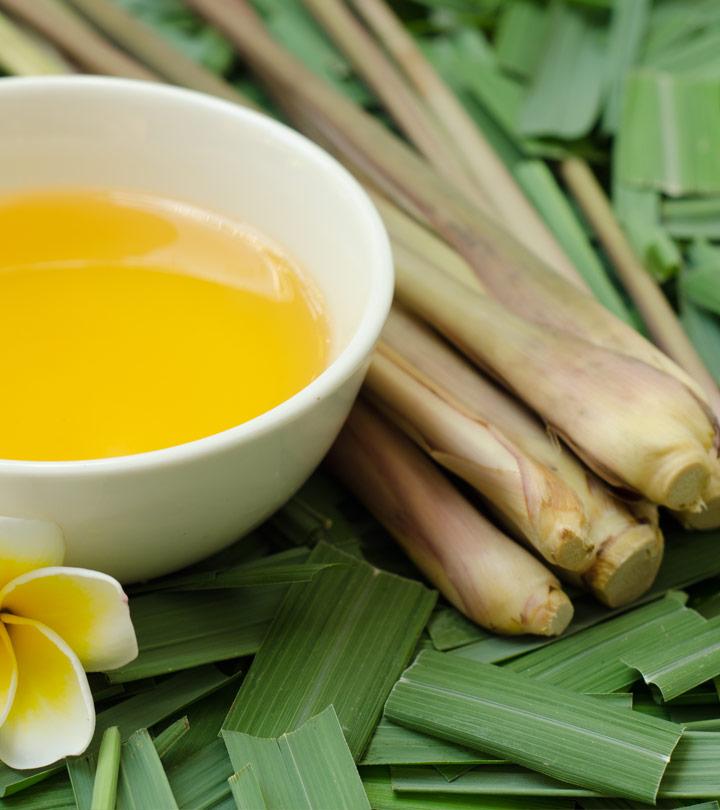

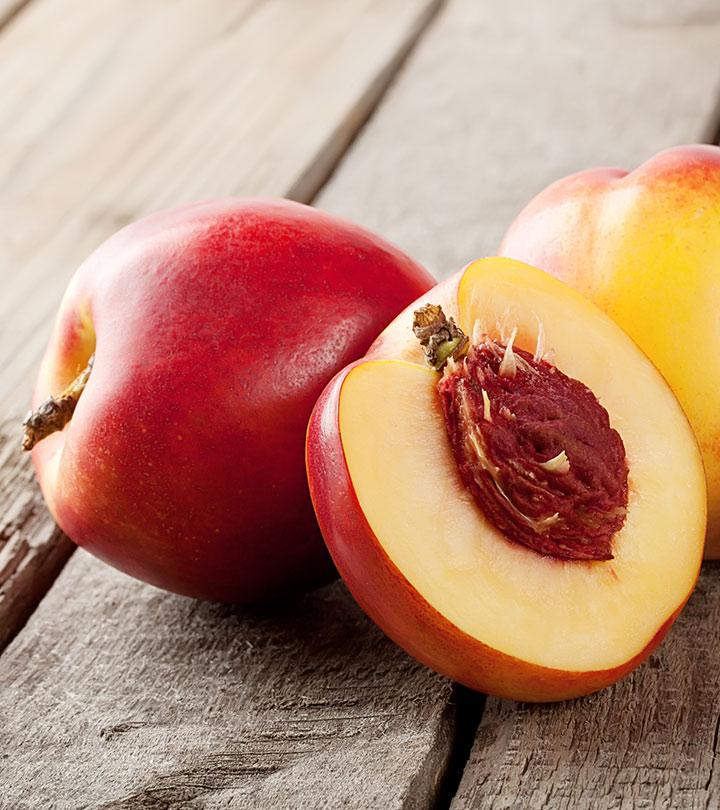
Community Experiences
Join the conversation and become a part of our empowering community! Share your stories, experiences, and insights to connect with other beauty, lifestyle, and health enthusiasts.